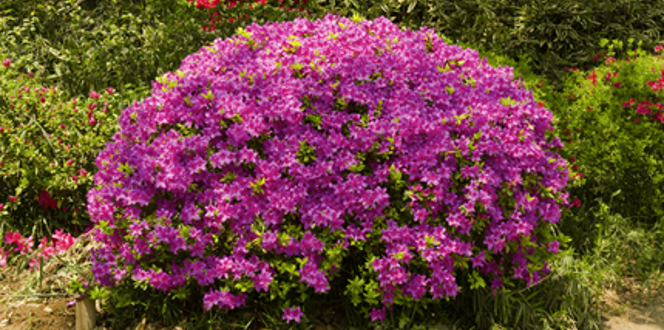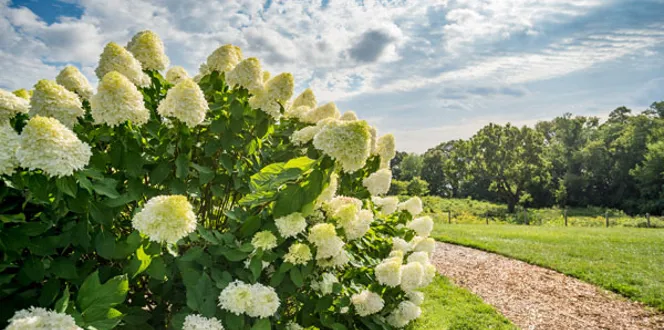We’ve all seen those handy little tags that give us quick info on how to properly care for our plants.
One bit of guidance they give is how much or how little sun a plant requires. Truth be told, sometimes that guidance can feel a little vague. Terms like full sun, part sun, part shade, or full shade—what do they all mean?
If you have questions about the right amount of sun for your plants, keep on reading to find out what’s best.
How many hours is full sun?
Full sun plants need a minimum of 6 hours of sunlight every day.
Best full sun plants
There are lots of sun-loving plants that fall into this category. Check out this handful of full sun plants that would make a great addition to your yard:
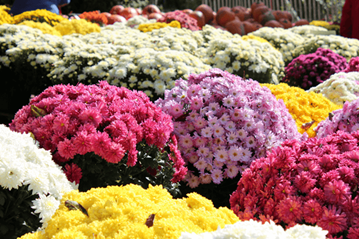
- Mums
- Geranium
- Yarrow
- Russian Sage
- Daylily
- Coneflower
What does it mean if a plant needs full sun?
If you have your eye on a pretty, full sun plant, think about a spot in your yard that will best meet its needs. Remember, 6 hours is what is considered full sun for plants. These plants can handle the sun’s heat for longer, but they expect nothing less than a full 6 hours! The sunlight should be unfiltered, meaning it shines directly on the plant with no interference.
Can full sun plants grow in shade?
Plants that require 6+ hours of sun per day just won’t grow their best in shady spots. Since plants use the sun to make food, not getting enough sunshine will make them “hungry,” which in plant terms means weak and unhealthy.
Sun requirements for plants
Let’s walk through the other light requirements you’ll find on plant tags—partial sun, partial shade and full shade.
Partial sun plants
Plants that call for partial sun need about 4-6 hours of direct sunlight every day. A few popular plants that need this amount of sun exposure are:

- Pansies
- Primrose
- Blue Star
- Lobelia
- Wax Begonia
- Larkspur
Partial shade plants
Like partial sun plants, partial shade plants need 4-6 hours of sunlight each day. But, there’s an important distinction here. Partial shade plants are plants that like morning sun and afternoon shade.
Beaming sunlight can become harsh as the day goes on, so these plants prefer to get their light early and then get a break in the afternoon with slight shade from a nearby tree or your home. Some common partial shade plants are:
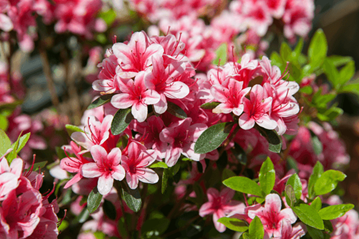
- Fuchsia
- Azalea
- Bigleaf hydrangea
- Elephant ear
- Wishbone flower
- Hostas
Full shade plants
It’s hard to believe there are any plants that don’t love to soak up the sun, but full shade plants fall into that category. They require only 2 hours or less of direct sunlight. Try one of these plants in a shaded area in your yard:
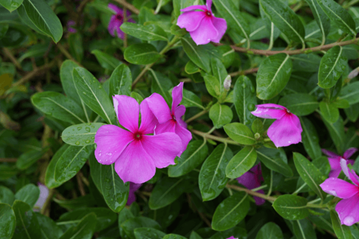
- Impatiens
- Fern
- Spotted deadnettle
- Siberian bugloss
Learn how to select, arrange, and plant the best flowers in your DIY flower bed!


